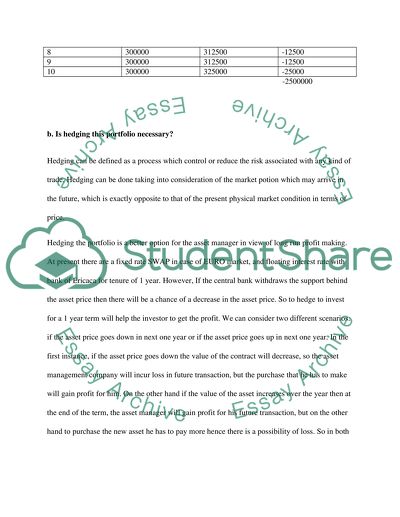Cite this document
(“Derivatives and Alternatives Investment Written Assignment Coursework”, n.d.)
Retrieved de https://studentshare.org/finance-accounting/1485206-derivatives-and-alternatives-investment-written
Retrieved de https://studentshare.org/finance-accounting/1485206-derivatives-and-alternatives-investment-written
(Derivatives and Alternatives Investment Written Assignment Coursework)
https://studentshare.org/finance-accounting/1485206-derivatives-and-alternatives-investment-written.
https://studentshare.org/finance-accounting/1485206-derivatives-and-alternatives-investment-written.
“Derivatives and Alternatives Investment Written Assignment Coursework”, n.d. https://studentshare.org/finance-accounting/1485206-derivatives-and-alternatives-investment-written.


